Last Updated on July 27, 2024 by Jason
If you are new to the world of vintage watch collection, you may well have asked yourself the following questions. Are vintage watches reliable? How accurate can a vintage watch be? Do I need to leave them safely boxed at home, or can I wear them out every day? Do they have shock resistance and durability for day-to-day wear? What happens if a vintage watch is exposed to water? In this post, we will try to answer each of these questions as conclusively as possible. as we can.
How reliable are vintage watches?
The reliability of a vintage watch depends on a couple of factors. Firstly, the original quality of the watch design and secondly, the condition that the watch is in today. Some vintage watches featured a higher degree of accuracy and reliability when they were originally designed when compared to others. All you can really do is research the brand and the movement as thoroughly as you can. Buy a vintage watch that would have had the qualities you would want when brand new. As for the current condition, like any mechanical device, a watch will require care, maintenance and servicing to provide reliable timekeeping over its lifetime.
Lubricating oils dry out, parts wear and seals perish, all of which will require attention at some stage. Vintage watches are the same, except they are further down the line of wear and tear and so may need more intervention if previous owners have not been servicing them regularly. Always, ask the seller to indicate the watch’s accuracy over 24 hours and ask how long is the power reserve. If they won’t provide the detail, don’t buy the watch. The watch has to be accurate enough to be of practical use and the power reserve should be over 30 hours.
How accurate can a vintage watch be?
A well-made mechanical watch, vintage or not, should not be more than +/- 30 seconds per day (3.5 minutes a week). If it’s outside of this range then it requires regulating or servicing. This is assuming you are wearing your vintage watch every day. If it’s a watch only worn on special occasions, then 1 to 2 minutes a day is acceptable. There is no reason why a vintage watch with a good design and a regular service, can’t be used as a reliable daily timepiece. However, the availability of accurate timekeeping on smartphones, means vintage watches can be enjoyed more for their retro styling and historical significance rather than their precision. Note, that quartz vintage watches will be much more accurate than mechanical watches, they are accurate to within seconds per day. Quartz watches will still need occasional servicing.
Now that smartphones have been mentioned, it is good to note that smartphones and mechanical watches should be kept apart. Smartphones, and other electrical devices, are a source of magnetism, which can play havoc with a mechanical watch movement. If you wear your vintage watch on your left wrist, it is a good idea to carry your smartphone in your right trouser pocket.
Do I need to leave them safely boxed at home, or can I wear them out every day?
If you think about it, the vintage watch you are wearing on your wrist has survived daily use for decades. It stands to reason, that if someone else has worn it for decades, it can continue to do so on your wrist. However, the passage of time may have taken its toll. There are a few things to consider when determining the durability of vintage watches. We will take a look at these in turn.
Case material
The overall condition of a vintage watch will depend a great deal upon the durability of its case. The material used to create the case is a vital consideration, the harder wearing the material, the more durable the watch case. Gold, for example, is a very soft metal. The higher the carat, the softer the gold, and the more likely it is to have scratches or to get scratched in the future. The same is true for gold plating or other soft metal plating. If, on the other hand, you have a watch with a stainless-steel case, it will probably be a lot tougher and more resistant to damage. Note, that light scratching isn’t necessarily a bad thing, it is generally considered patina and contributes to the originality of the watch.
Lume
The lume on a watch dial allows you to read the time in poor light conditions. However, the luminescent material on most vintage watch dials will be past their use-by date. It is a nice to have feature, but re-luming your watch does detract from its originality, which is a major consideration for vintage watch collectors. It is probably best to leave the original lume in place. Note that the original lume can flake off, so the flakes might need to be removed by a watchmaker.
Crystal
Like the case, the crystal helps to protect the dial of your vintage watch. If the crystal is damaged, the dial and the movement may also be compromised as moisture can enter. Additionally, scratches on the crystal are unsightly and may make it harder to read the time. Some materials are more prone to scratches than others, sapphire crystal, for example, is better at resisting scratches than many other materials. However, sapphire is more likely to shatter than acrylic, and scratches are easier to remove from acrylic than sapphire. Many vintage watches have had their sapphire crystals replaced with acrylic, as it is a cheaper alternative. Generally, a replacement acrylic crystal shouldn’t affect the resale value significantly.
Do they have shock resistance and durability for day-to-day wear?
A good sign that a vintage watch’s movement will survive an impact is if the watch is labelled “shock-resistant, shock-proof or Incabloc”. Shock resistance systems have been around since as long ago as the 1930s when the Incabloc system was introduced. Incabloc provided the watch balance with a system to protect the delicate timekeeping components of the watch. Starting in the 1950s, shock-resistant balance pivots became commonplace. How shock-resistant your vintage watch movement is will depend on the era in which it was manufactured and the technology which was available at that time. Common shock-resistant systems include Incabloc, KIF and Cymaflex. There are also differences in quality when it comes to different brands and models. Pocket watches usually do not have any shock resistance and should be worn carefully.
What happens if a vintage watch is exposed to water?
Generally, bad things. The crown, the case back and the seals are generally the most important for the water resistance of a vintage watch. If a watch has a non-hermetic crown and press-in back, it is not usually going to be waterproof or water-resistant. A waterproof watch always will have a washer or gasket which acts as a seal. Without this, a watch is not going to keep out water even if the crown and case back are designed for water resistance. Note that if there is a back gasket but a watch is missing a crown gasket, it cannot be submerged without water getting inside, but it will probably survive a light splash. The condition of the crown/stem tube. If it is worn down from too much screwing and unscrewing, the water resistance of the watch will be compromised until that component is replaced.
If the watch you are looking at is a chronograph, the chances are good it will not be waterproof now even if it was when it was new. This is because the wear on the pushers from decades of use compromises the waterproofing.
The general rule is, that vintage watches are not waterproof. Full stop.
Summary
In answer to the question, are vintage watches reliable? Yes, they are. Vintage watches can be reliable, practical and useable on a daily basis.
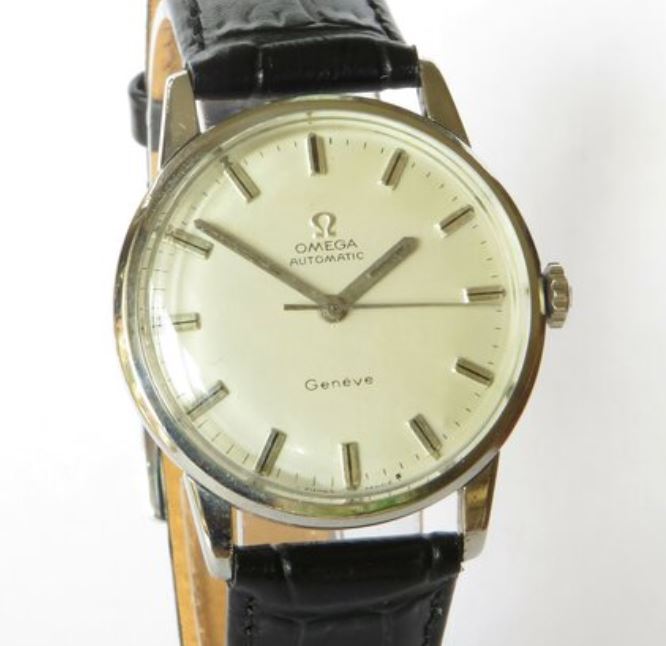
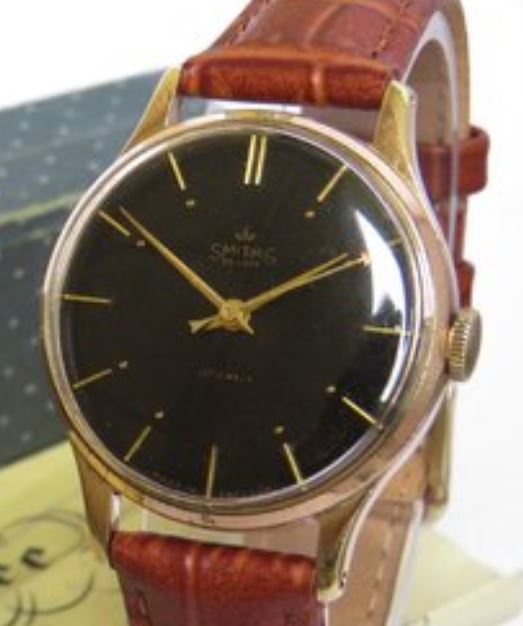
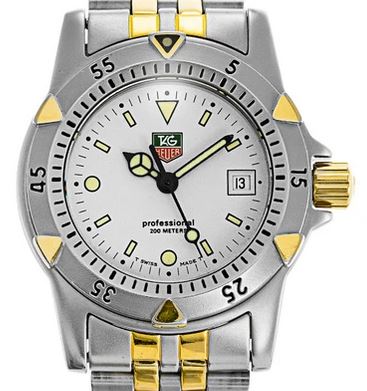
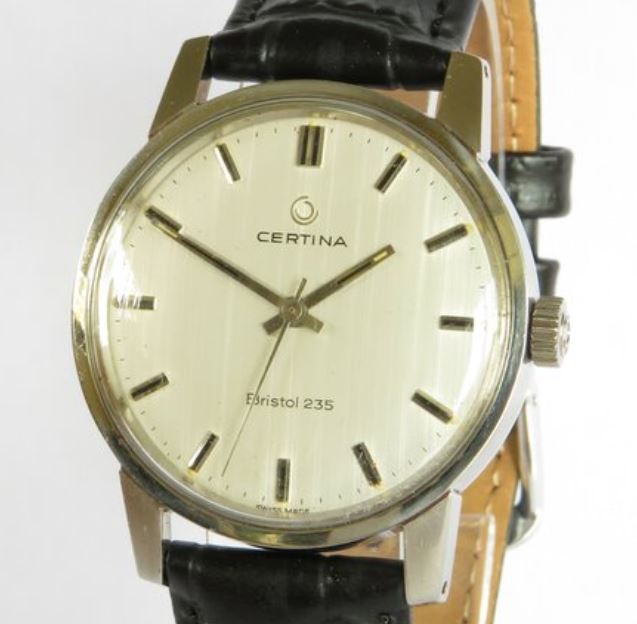
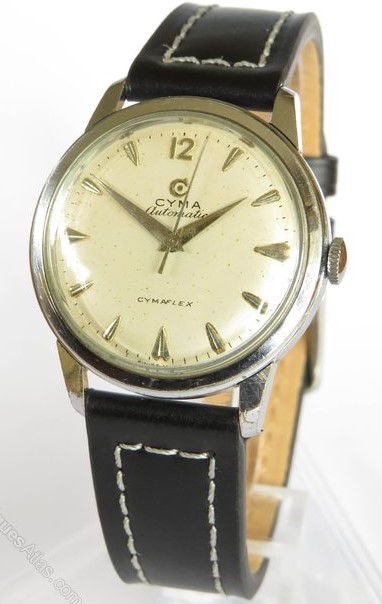
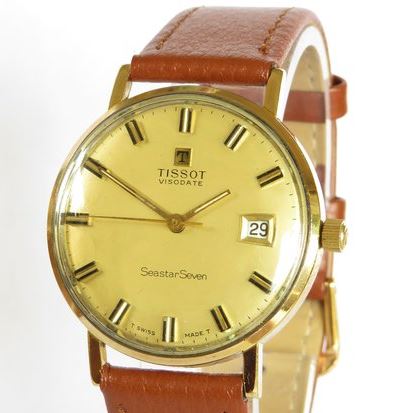
Leave a Reply